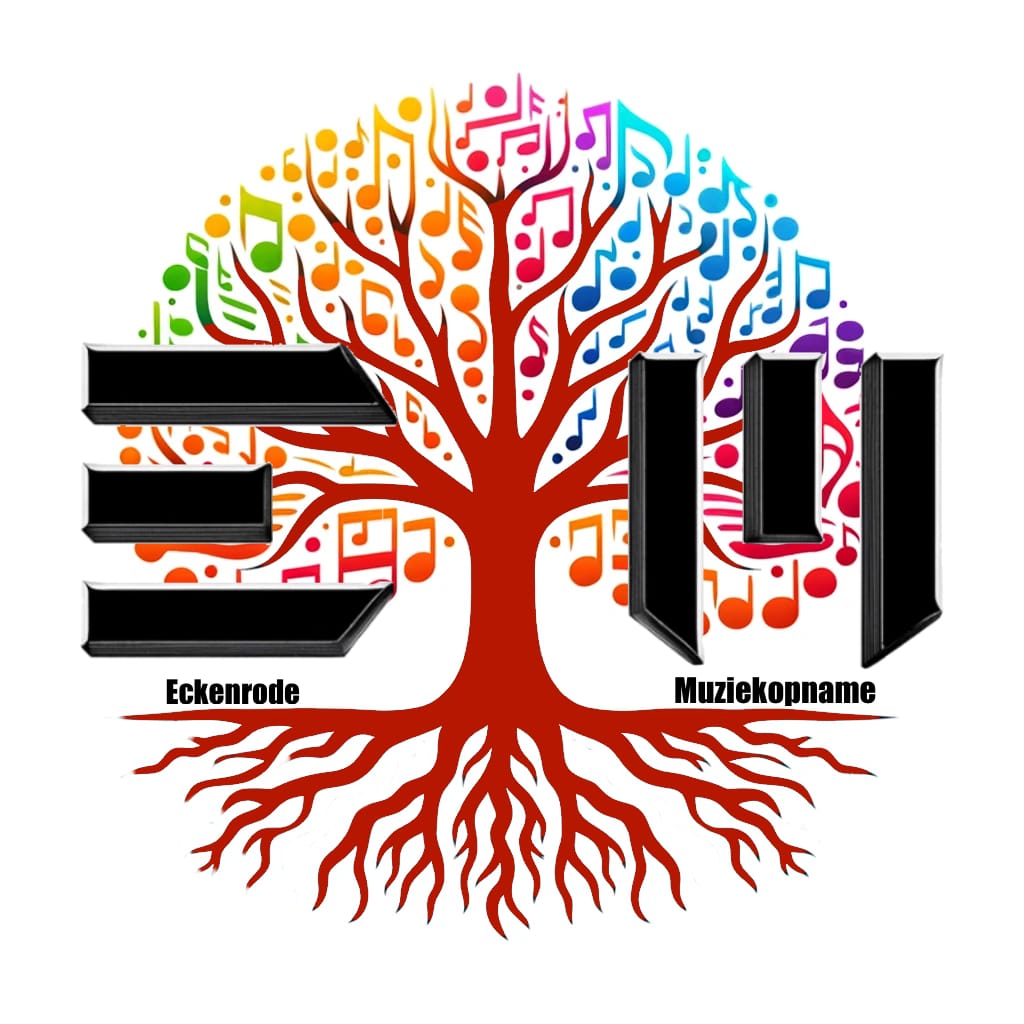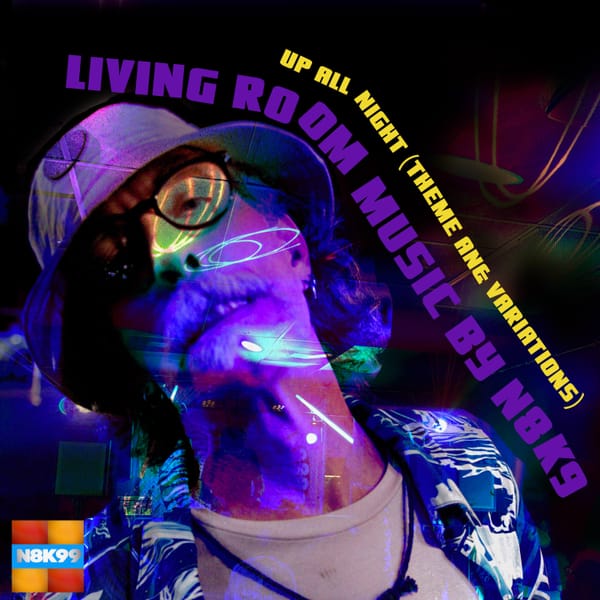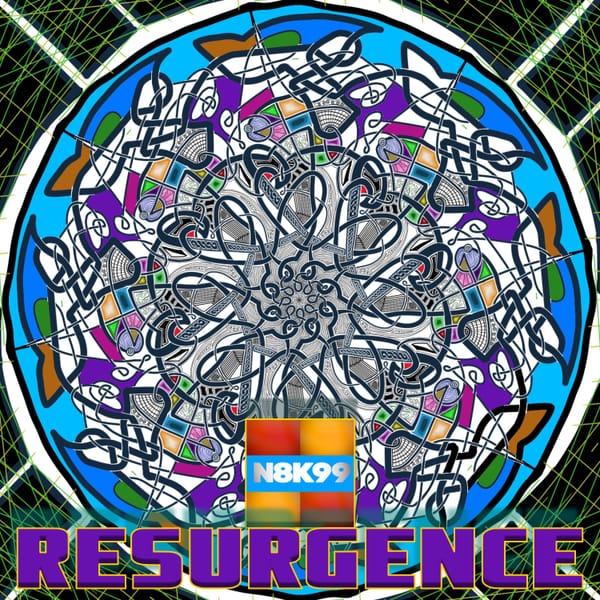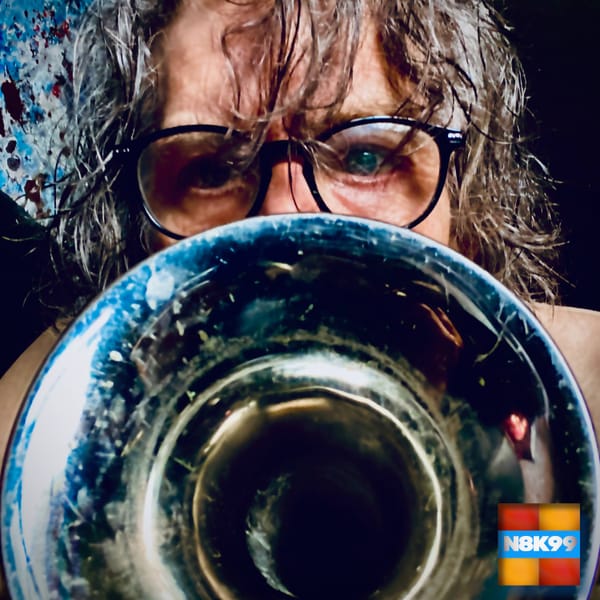The Symphony of Innovation
In this four-hour multimedia epic, meticulously mapped music compositions intertwine with dynamic visual elements, creating a seamless sensory experience that redefines the art of digital storytelling
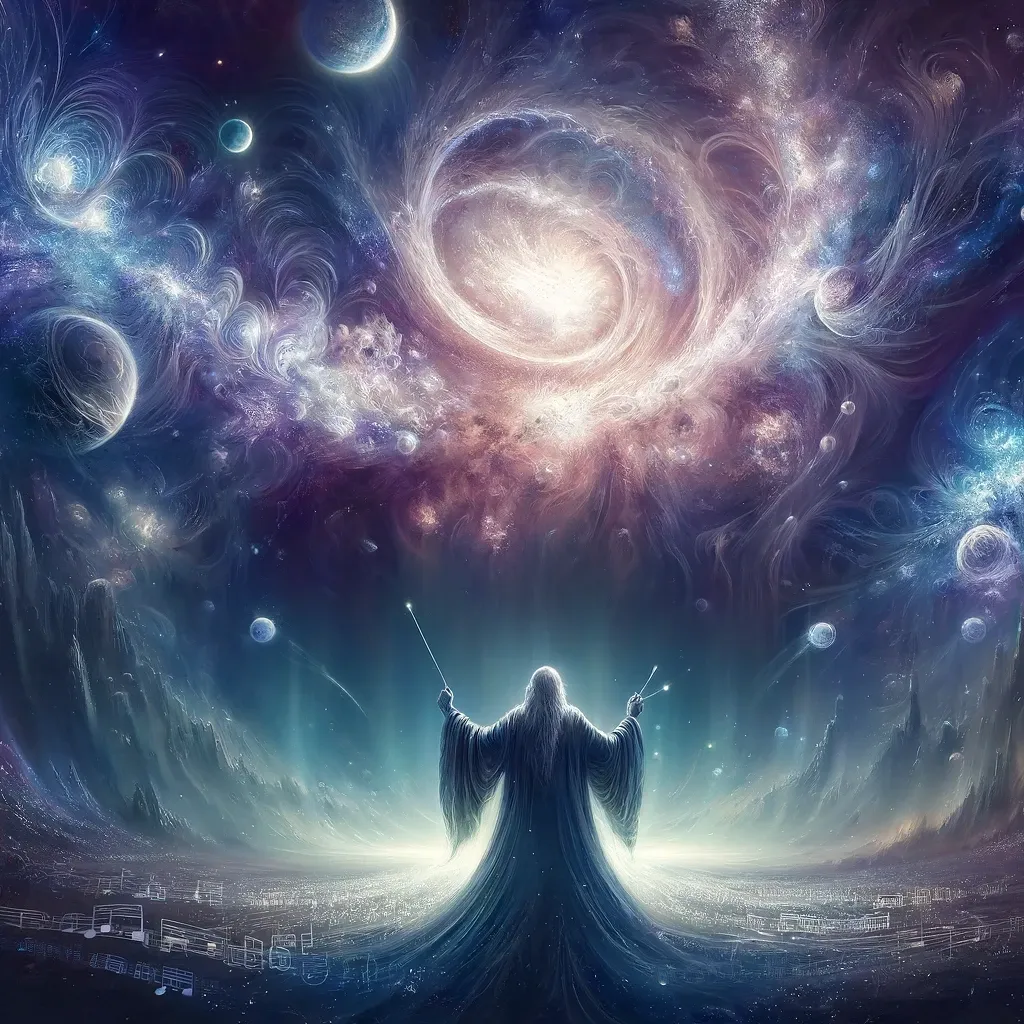
Crafting a Four-Hour Multimedia Epic
In the realm of music production and digital artistry, creative boundaries are continually being pushed, reshaped, and expanded. Today, I want to share an inside look at one of my most ambitious projects to date—a four-hour multimedia epic that intertwines intricate music compositions with dynamic visual elements, set to revolutionize the way we experience art and sound.
Mapping the Musical Journey
The foundation of this project lies in the meticulous setup of a Logic Pro X (LPX) file, a hub from which I control the intricate changes and transitions of the music. This file is essential for managing the patches—188 to be exact—each crafted to represent a different musical phrase across 32-bar sections. These sections are further grouped into thematic sets of 10, enhancing the auditory journey with a distinct narrative flow.
My tempo map spans the entire four hours, designed with a rising pattern in the first hour, a plateau in the second, a second rise in the third, and a tapering off towards the conclusion. This structure not only dictates the progression of the music but also serves as a backbone for the visual elements that accompany each segment.
Integrating Visuals with Music
The visual component, managed through the Magic Music Visualizer (MMV), operates in parallel to the music. By sending Program Changes (PC) specific to each scene, I can cue different visual progressions that complement the musical themes. This synchronization is crucial for a seamless sensory experience, where the visuals are not just an addition, but a co-narrator of the musical story.
Technical Choreography
To ensure flawless integration, I’ve set up a control system where a single play button on the OXY Pro 25 triggers both LPX and MMV. This meticulous setup guarantees that the beat count in MS3 aligns perfectly with LPX’s progression, allowing for precise timing across all changes, both musical and visual.
One of the more intricate aspects involves the detailed control of chord structures beneath each track, requiring a dedicated section in MainStage 3 (MS3) for notes on these elements. As a composer and producer, remembering every detail over a four-hour performance is a challenge; hence, indicators and automated changes are programmed to assist during the live execution.
A Creative Odyssey
This project is not just a test of technical skill but also a battle against time and creative fatigue. The fear of falling into a cycle of endless adjustments or being lured away by new ideas is real. However, the drive to create a masterpiece that encapsulates my vision keeps me tethered to this ambitious goal.
Conclusion: A Pledge to Push Limits
As I continue to develop this project, the interaction between audio and visual elements becomes more profound and interconnected. My aim is not merely to create a performance but to craft an experience that transports the audience into a world where every note and every visual has a story, a purpose, and a message. This is my symphony of innovation—a declaration of pushing limits and redefining the multimedia art form.
Stay tuned as this adventure unfolds, promising to be not just a musical journey, but a revolution of the sensory experience.
This draft aims to capture the essence of your project while engaging your audience with both technical insights and the emotional journey behind the creation. Adjustments and further personal anecdotes can enhance the connection with your readers, making the blog even more compelling.
